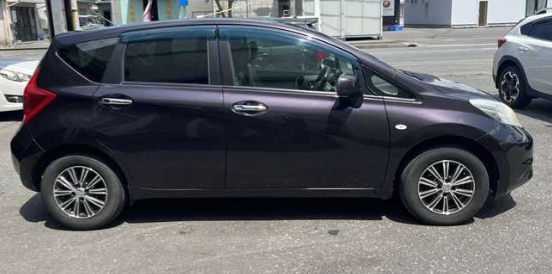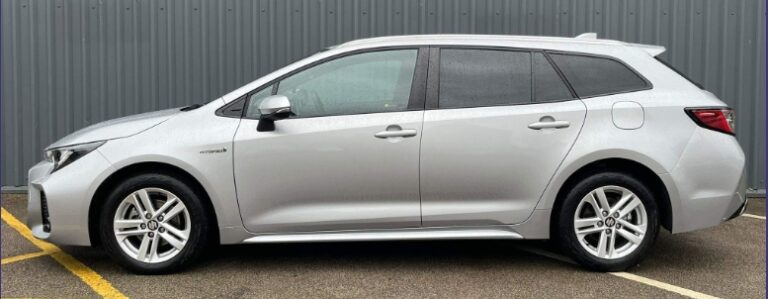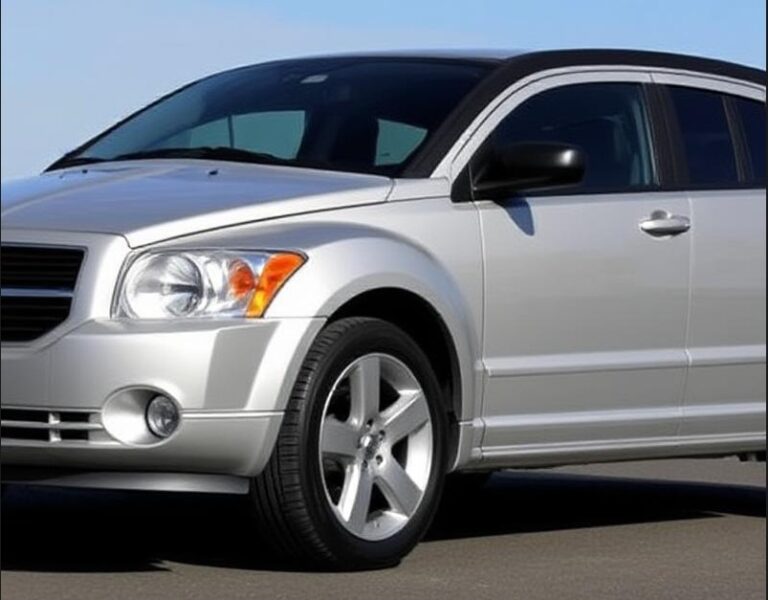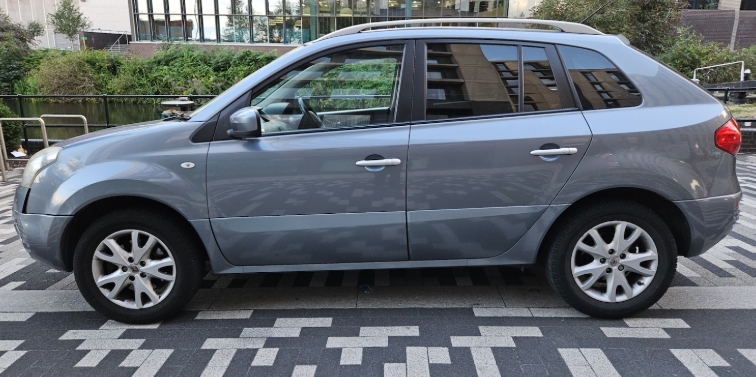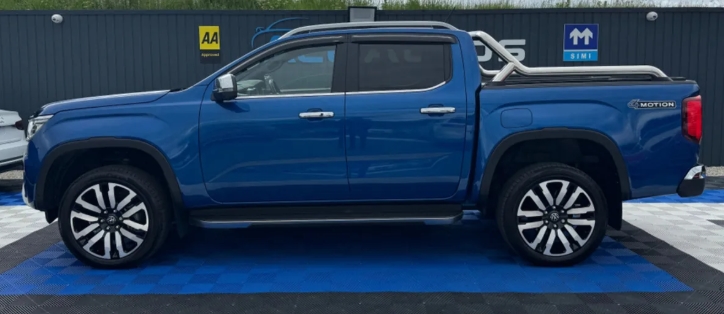The Nissan Note: A Compact History of Evolution
The Nissan Note, a compact hatchback, has occupied a niche in the automotive market for over two decades. Its evolution reflects not only Nissan’s changing design philosophies but also the shifting needs and preferences of consumers in different global markets. This article details the Note’s journey, from its initial launch to its current iterations, highlighting key models, trim levels, and design changes.
The First Generation (2006-2013): Establishing a Niche
The first generation Nissan Note, introduced in 2006, marked the beginning of a new era for the brand. It aimed to bridge the gap between small cars and larger hatchbacks, offering a blend of practicality and style. While not immediately groundbreaking, the Note established a strong base.
- Models and Trim Levels: The initial offering primarily consisted of different trim levels – some with standard features, others with enhanced packages. Key trim levels included:
- XE: Basic model, often with entry-level features.
- SE: Mid-range trim with added amenities such as alloy wheels and upgraded audio systems.
- TE: Top-tier trim, often incorporating leather upholstery, advanced safety features, and premium audio systems.
- Key Features: Initial models focused on interior space and fuel efficiency. The Note was known for its surprisingly spacious cabin, particularly considering its compact exterior dimensions. Early models also boasted good fuel economy, a crucial factor for many buyers.
- Global Variations: While the core design remained consistent, minor differences existed in specific markets, including equipment and safety features.
The Second Generation (2013-2020): Refinement and Expansion
The second generation, introduced in 2013, saw significant refinements in design and technology. Nissan aimed to enhance the Note’s appeal across different segments.
- Models and Trim Levels: The lineup expanded to cater to a wider range of buyers. Trim levels included:
- Visia: Basic model.
- Acenta: Mid-range model, with improved styling and features.
- N-Connecta: More aggressively styled trim, often with sportier features.
- Tekna: Top-tier trim, incorporating premium materials, advanced safety features, and technology upgrades.
- Key Features: The second generation emphasized improved fuel economy, advanced safety features (such as ABS and airbags), and updated interior design, including more modern infotainment systems. The design language shifted towards a more dynamic aesthetic.
- Global Variations: Variations in equipment and engine options existed between regions, reflecting regional preferences.
The Third Generation (2020-Present): Evolution and Adaptation
The current generation, introduced in 2020, further demonstrates Nissan’s commitment to developing the Note for the evolving automotive landscape. The design language now aligns more closely with Nissan’s broader design strategy, with a focus on technology and sustainability.
- Models and Trim Levels: Depending on the market, the trim levels can vary. General examples include:
- Entry-Level (or equivalent): Basic trim with essential features.
- Mid-Range: Improved features and styling.
- Luxury/High-End: Top-tier equipment, including advanced safety features, premium interior materials, and advanced technology.
- Key Features: Key improvements include enhanced connectivity, more advanced safety systems (including driver-assistance technologies), and potentially hybrid or electric powertrain options, depending on the market. The focus on efficiency and technology has become more prominent.
- Global Variations: The Note’s global availability, and therefore its specific trim levels and features, differ based on local regulations and market preferences. This includes notable differences in powertrain options, reflecting regional environmental policies and consumer preferences.
Evolutionary Trends:
Throughout its lifespan, the Nissan Note has consistently evolved to meet the demands of a changing market. Key trends include:
- Increasing Technology: The integration of advanced infotainment systems, connectivity features, and driver-assistance technologies has been a consistent theme across generations.
- Improved Efficiency: Fuel economy has been a significant focus, with Nissan continuously seeking ways to optimize the Note’s performance.
- Enhanced Design: The Note’s exterior and interior design have evolved to keep pace with contemporary automotive trends, reflecting the overall design language of the Nissan brand.
- Safety Enhancements: Safety has become increasingly important, leading to the inclusion of a wider range of safety features and driver-assistance technologies in later generations.
- Regional Adaptation: Different markets have received customized versions of the Note, highlighting the importance of tailoring vehicles to specific regional needs and preferences.
.
RepairSurge Online Repair Manuals Replace Bulky Books With Reliable Digital Information!
Faster And Cheaper Than Traditional Printed Manuals, Users Get Instant Access To The Repair Information They Need For Any Car, Truck, Van or SUV:
.
Conclusion:
The Nissan Note’s journey reflects the evolution of the compact hatchback segment. From its initial focus on practicality and fuel economy to its current emphasis on technology and safety, the Note has consistently adapted to meet changing consumer needs. While the Note might not be as prominent as some of Nissan’s other models, its consistent evolution and adaptation to different markets speak to its enduring appeal and relevance. The future of the Note likely includes further advancements in technology, sustainability, and regional customization, ensuring its continued presence in the compact hatchback segment.
